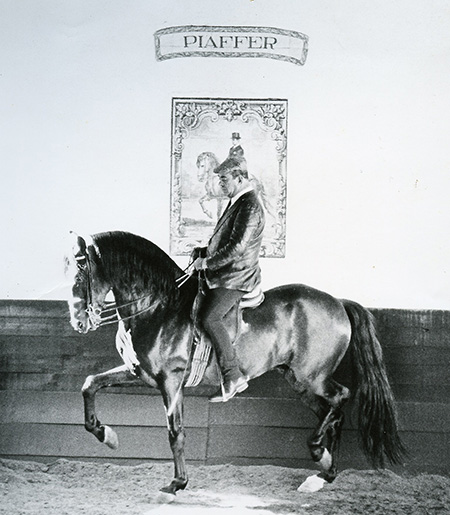
Christopher Hector recalls riding with one of the modern masters…
Nuno Oliveira was famous not only for the superb horses he produced, but also for his great love of opera, the ongoing sound track to the riding and teaching in Quinta.
Nuno’s school in Australia, had something of the drama and heightened emotion of Great Opera. There were a number of Grand Dames on the Dressage Scene who competed ruthlessly to attract Nuno’s attention – when his son, Joao joined him on some of the visits, the younger ladies of the dressage set, became vaguely hysterical as they plotted to spirit the dark eyed Portuguese away, without the others.
I loved working with Nuno, but in the end, ‘the Nuno scene’ got too much for me. The genuinely competitive riders – like Gert Donvig – had been driven away by the ones who were legends in their own indoor schools, and far, far too sensitive and artistic, to actually appear at a competition, although their horses could do ALL the Grand Prix movements, much much better than the ones on show.
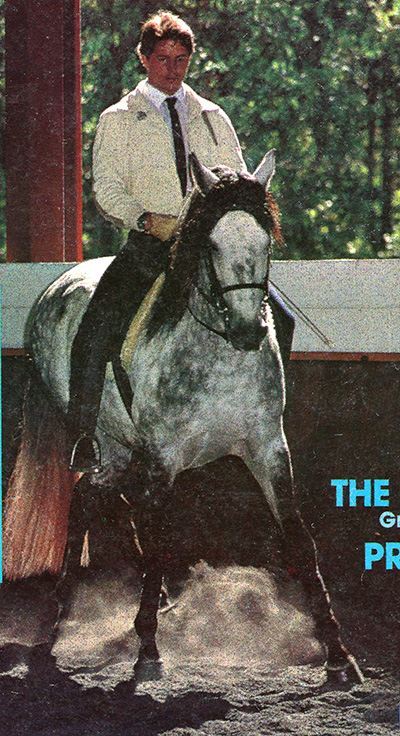
It was very sad that the one pupil who really could ride, Raymond van der Drift (above), was determined not to go into the competition arena. 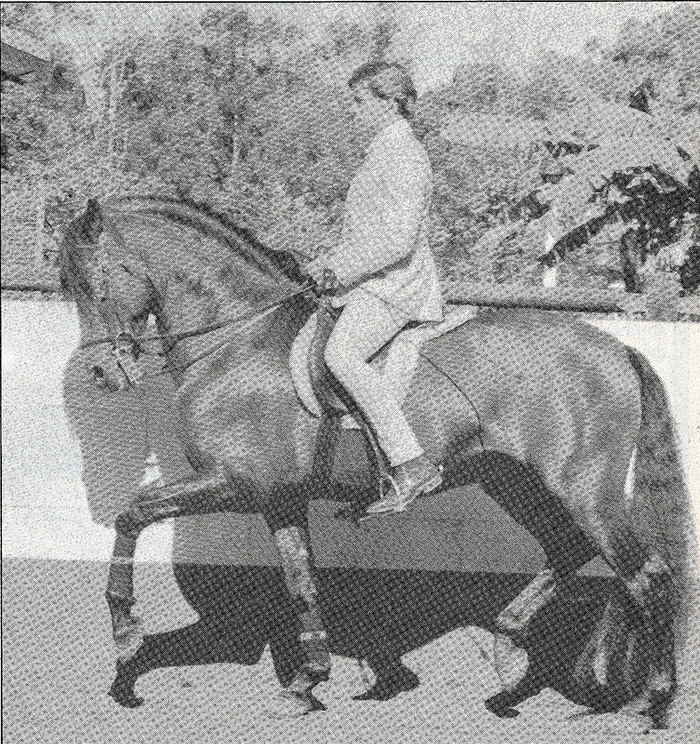
It was an exhilarating to watch him work horse after superbly schooled horse at home in his arena.
Still Nuno’s teachings were spread around Australia by his countryman, Miguel Tavora, who had studied with Nuno as a very young man. Miguel, however, saw no contradiction between correct classical training and competition. “Dressage tests aren’t perfect,” Miguel would say, “but they are better than looking at yourself in the mirror at home.”
Nuno was accompanied several times on his trips to Australia, by Phyllis Field, who would proudly described herself as ‘Nuno’s first American girlfriend’. Ms Field was also a considerable scholar, and Nuno’s first book, Reflections on Equestrian Art, written with her help, remains the most valuable of the small army of books by and about Nuno. Published by J. A. Allen, it is freely available on the internet…
Next we go to a clinic with Nuno in Australia
This was written in 1983 after attending one of Nuno’s schools…
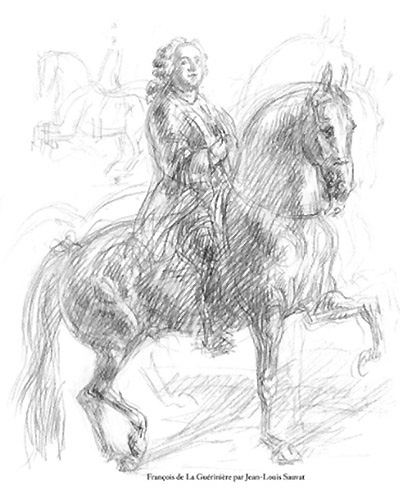
La Guérinière, “The Shoulder-in is the first and the last lesson to give to a horse.”
Riding under the direction of Portuguese Dressage Master, Nuno Oliveira, can be both a frustrating and an exhilarating experience.
Frustrating when Nuno seems to demand the impossible. Exhilarating when the ease and the simplicity of his technique unfolds… when you feel the lightness and fluidity that is central to Oliveira’s equestrian philosophy. In his new book published in Australia and written while Nuno was here on his last visit, “Classical Principles of the Art of Training Horses”, Nuno opens the first of his training chapters with a quote from the French master La Guérinière, “The Shoulder-in is the first and the last lesson to give to a horse.”
For many of the riders at Nuno’s clinic, it is in mastering the shoulder-in that they experience their first dose of bewilderment, and exhilaration. For Nuno takes the maxim literally, even on a green horse: five minutes of free trot at the beginning soon gives way to the first few steps of the shoulder-in, at the walk.
Nuno wants a lot of position in his shoulder-in, an angle of almost 45 degrees to the wall; a slow but impulsive walk; the horse takes the weight on his inside hind leg; the rider is square in the centre of the saddle, and, through all that, the rider’s hands and legs are light, using no force to maintain the angle, the bend or the tempo. An exercise in frustration, as the rider searches for the equestrian equivalent of the sound of one-hand clapping!
“The aids of the shoulder-in,” says Nuno, “are in the mind.”
Then suddenly it all comes right. Nuno’s cajolings – “Do not block with the hands”; “Pass from one rein to the other, both hands together, move from side to side”; “Do not open the outside leg, stay in the middle of the horse”; “Sit back, shoulders to the back, legs to the back – how can you expect to control the horse with your shoulders forward, and the legs forward?”; “Look to the rhythm of your walk” – all combine to work their magic.
The rider tries once more. A small volte at the walk to establish the rhythm and the bend around the inside leg, and out, the hands moving together and parallel in the direction of the desired movement, inviting rather than forcing the position, and the horse floats in to the shoulder-in, freed through the shoulders, light in the hand, and taking the weight on the hind leg… building both impulsion and collection.
Right from the start, Nuno is looking for collection and lightness, asking the horse to assume a relatively elevated position in front. Extended work is the result, not the pre-condition of collection.
It is indeed a very different approach from the one we have been used to in Australia, where traditionally collection has been seen as the result, the icing on the cake at the end of the training scale. I put this to Nuno, suggesting that his approach is very different.
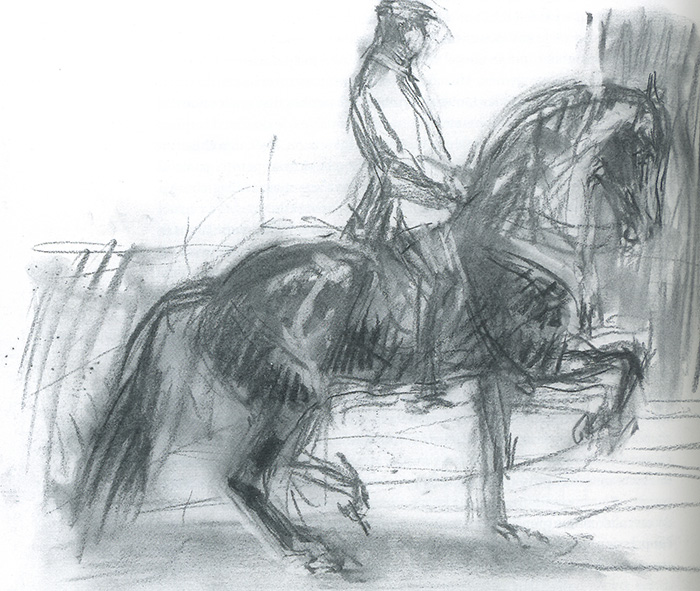
“No,” replies Nuno. “All great teachers, all great schools start with the exercises for collection.”
I am still a little puzzled. Looking at a school full of horses waltzing down the long side in a determinedly four track position, and turn to one of the more accomplished riders at the school, one who has trained in Germany: “Is this very different from what you did in Germany?”
“No,” she says, “We would start with a little relaxing work, then straight into the lateral exercises – even on the young horses.”
From the work in the shoulder-in the rider might pass to work in the ‘little trot’. Again the rider is looking for a slow but impulsive stride, asking the horse to carry himself lightly in front, to transfer his weight to the hindquarters, but never using force to achieve this aim.
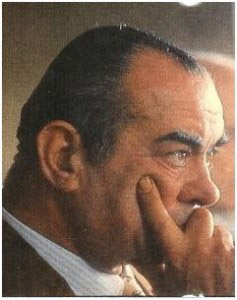
Again Nuno is sitting in the centre of the school, quietly restating his message, “Do not pull with the hands. Carry the hands. Move each hand as if you were eating a bowl of soup, a little round movement -up.”
In this ‘little trot’, Nuno makes frequent use of the stop and the rein back, “Stop the horse, with your back – not with the hands. If you pull w1th the reins he will stop on the forehand, not on the hindquarters. Stop, back slowly two or three steps, and then quickly, straight into the trot. Slowly back, quickly forward.”
The rider must work to increase the degree of collection, for as Nuno says, “all of the exercises are exercises for collection.”
“Lightness must be the primary concern of the equestrian art, for it is what makes riding an art. Art is doing without. In this case without the aids, for perfect lightness is only possible if the aids are relaxed – descente de main et descente de jambes – and the horse is allowed, unhindered to display his natural brilliance. The roundness of the horse is a consequence of the exercises – not the action of the reins. The shoulder-in, the half pass, then the horse is rounded in his whole body – not just in front.”
Through all this, the position of the rider is of crucial importance. The rider must have his weight to the back, to free the horse in front, to allow him to carry himself.
“Ride,” says Nuno, “like the King of the World!”
For all the tempo of the trot is slower than the working trot we have been used to (“The longer trot, the trot improperly called today the working trot,” Nuno notes in his new book), the rhythm and the cadence of the little trot is still of crucial importance.
In one session, Nuno gravely calls us in to the centre of the arena, one after the other.
“You like music, yes? I have a new symphony for your horse. You will play it to him in the trot … one/two, one/two… go play that symphony with your horse.”
The shoulder-in is only the basis of a whole ballet of lateral exercises. Soon the rider is expected to progress to a few steps of the half pass, again with the same attention to lightness and refinement of the aids. When the horse is clear in the half pass, then another exercise in our progression:
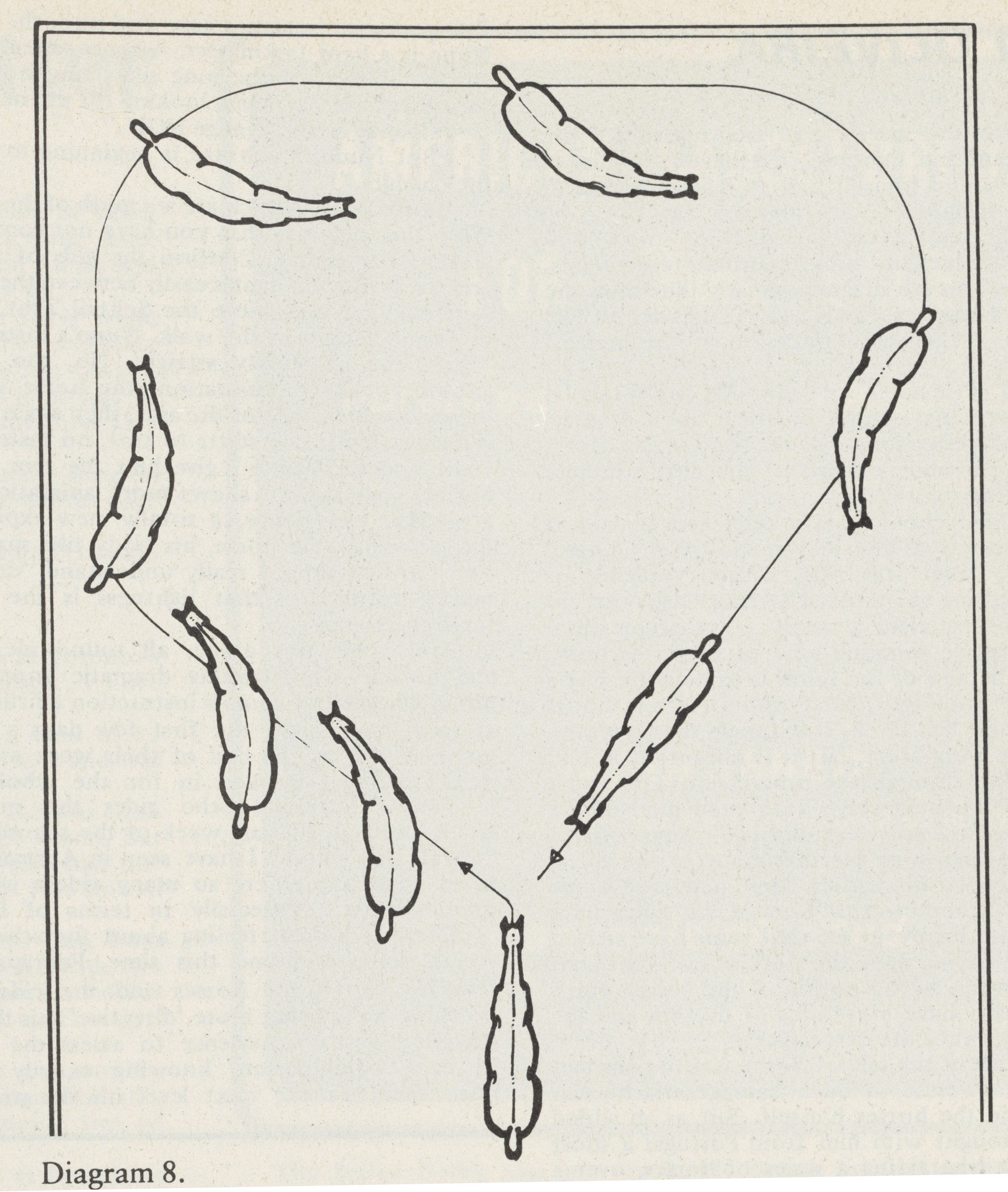
From the centre line half pass towards the wall and on reaching the wall, slow down the shoulders and make the hindquarters walk in the direction of the half pass. The Old Classical Masters used to call this the ‘affermir l’appuyer’ (to confirm the half pass). The horse stays with hindquarters close to the wall to half pass along the long side. The bend remains the same and the exercise becomes the classical exercise named the renvers.
When the horse will do this easily down the long side, continue on the short side. In the corner, support the shoulders and make the horse walk more on his hind legs so that the horse keeps the same angle. On reaching the start of the other long side begin to ask the exercise of lengthening of stride on the diagonal. The horse will have good impulsion from the renvers and will give good lengthening of stride. Executed with the rider’s care and regard for the horse’s rhythm and lightness, the horse has begun to balance himself and round himself and to lighten himself.”
From the renvers a subtle shift to the shoulder-in, across the school in the shoulder-in and down the other side – horse’s head to the wall, now – in the counter shoulder-in. The horse is becoming more supple each session.
“The exercises show us that without having the horse supple laterally on both reins, one cannot have a horse’s back which is round.”
“The exercises show us that without having the horse supple laterally on both reins, one cannot have a horse’s back which is round. Between the execution of all these lateral suppling exercises, such as shoulder-ins and half passes, often during the lesson, ask for a straight centre line. The horse, through these lateral suppling exercises, always executed with the rider’s care and regard for the horse’s rhythm and lightness, the horse has begun to balance himself and round himself and to lighten himself.”
“At my last school here, a rider arrived with a horse that knows all the movements of the Grand Prix but the horse was stiff, without cadence or collection. During the week, I attempted to explain how to do the exercises correctly. It is a progression; the rider must be thinking how to work the horse every day.”
“It is important not to go too quickly through the progression. One must not move to the next stage until each level of the progression is clearly established,” says Nuno.
Nuno was happy to see that many of the riders who had attended his earlier clinic had gone home and done their homework.
“Lots of the riders have improved. I am happy to see that some have arrived at the school having done the work of last February. The riders have a better notion of the basic points, and some riders have more idea of rhythm, and the correct execution of the exercises.” During most of the school, Nuno was in considerable pain as a result of back damage and he was unable to ride the horses himself. But as an added bonus, he brought with him from Portugal a short film, showing him riding a series of horses, over a period of 30 years. On the night of the film showing, Nuno’s back had improved somewhat and, glass of wine in hand, he was in fine form, the film provoking reminiscences of the great horses that he had ridden.
In a lifetime of riding on many, many horses Nuno Oliveira has an obvious and very deep affection for his horses.
“Some horses when you see them at first, do not have the most brilliant movement, but they have such generosity of spirit, that when they are trained, with love, they become very great horses indeed.”
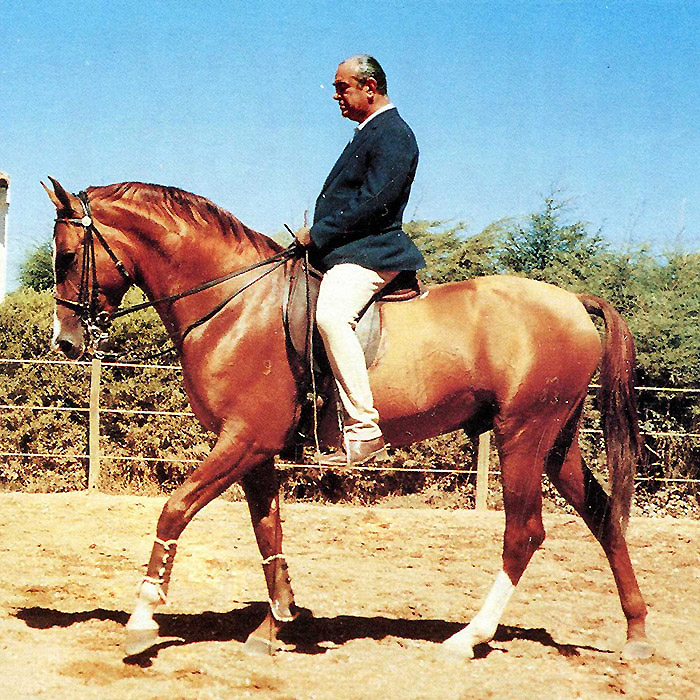
Certainly Nuno had every reason to be proud of the horses shown in the film. In one sequence, riding the Thoroughbred, Saturno, you really do have to look twice to grasp the fact that the horse is doing a flying change every stride, so smooth and relaxed is the canter – for all the world as if horse and rider are just going for a breeze along the road.
In another sequence, on the Andalusian stallion Yankey, Nuno displays a series of bullfighting exercises that would make any Western trainer green with envy – fast spins and turnarounds.
On Euclides – “Ah, Euclides, he was a saint! I never had a better horse to teach the pupils Passage and Piaffe.”
On another Andalusian that Nuno had sold to Peru, he performs a lovely test- in 1971 – complete with changes every stride through the corner of the school.
more follows
It takes a while to absorb Nuno’s technique. With the benefit of the previous school, and the hours practising before the latest one, I found that I could start the latest school with my horses at the pitch of lightness that I had ended the earlier one, and ready to go on to some of the more difficult exercises.
As in everything, Nuno is a fanatic for straightness when it comes to the flying changes; once the horse is absolutely straight in the canter, then the flying change becomes easy and smooth. But again, Nuno is a hard taskmaster. After a series of changes (three on each of the long sides) my horse started to squirm his shoulders, looking for the next change.
“Change NOW, change NOW.”
“Anticipate. Anticipate is a myth of the beginners.”
“But Nuno, my horse is beginning to anticipate the changes.”
“Anticipate. Anticipate is a myth of the beginners. What this means is that you have not confirmed the aids of the canter. Confirm the aids of the canter and the horse will canter easily between the changes.” Or trying to achieve the School Trot, a trot in the same tempo as the walk. Nuno’s instructions – ”Hold him absolutely straight. No, too fast.”
It’s another peak of frustration, the horse seeking to escape the influence of the aids, then again, suddenly it comes right; he starts to trot, no faster than his walk, and each time I give him the rein, he comes higher, goes slower, shows more animation… it’s a magical experience, a totally new experience of the power of the horse, his body like sprung steel.
For the first time, I really understand “descente de main”, really feel that lightness is the key, and not the force the enemy. And I am not alone, all round me riders – and horses – are making dramatic improvements. Some who found Nuno’s instruction a little puzzling at first, have spent the first few days a little dissatisfied, but by the end of their week are wishing that they had booked in for the whole school.
In “Classical Principles of the Art of Training Horses”, Nuno describes the qualities of the Ecuyer Teacher and Trainer. “To know how to speak at the right moment and especially with a tone of voice which is suitable. The voice of the teacher must know how to calm, and to give energy, to give confidence and never fluster, either the student or the horse which, through the association of the influence of the voice on the state of mind of the rider, and moreover, of his aids, which could put him in disarray or despair.”
“To know when he has a small result that may not be all that he wishes, the pupil should still be encouraged and to know, when working with students, to say ‘That is not enough’.”
“To know how to describe examples to help the student understand what he requires. From the ground, to have a deep knowledge of what one is teaching and almost feel the horse that the student is riding.”
“To know how to talk a lot for the student who needs continual explanations because silence intimidates him and to know how to speak very little, and to the point, for the dedicated student. To know and understand how it is necessary to go around in certain cases, where you see the difficulty is insurmountable for the rider – to go around the question without giving either the rider or the horse the idea that they are defeated and cannot accomplish what is asked.”
“The teacher who can obtain that, is the one who has a deep knowledge of his art and is the only one who deserves to be called ‘Ecuyer’.”



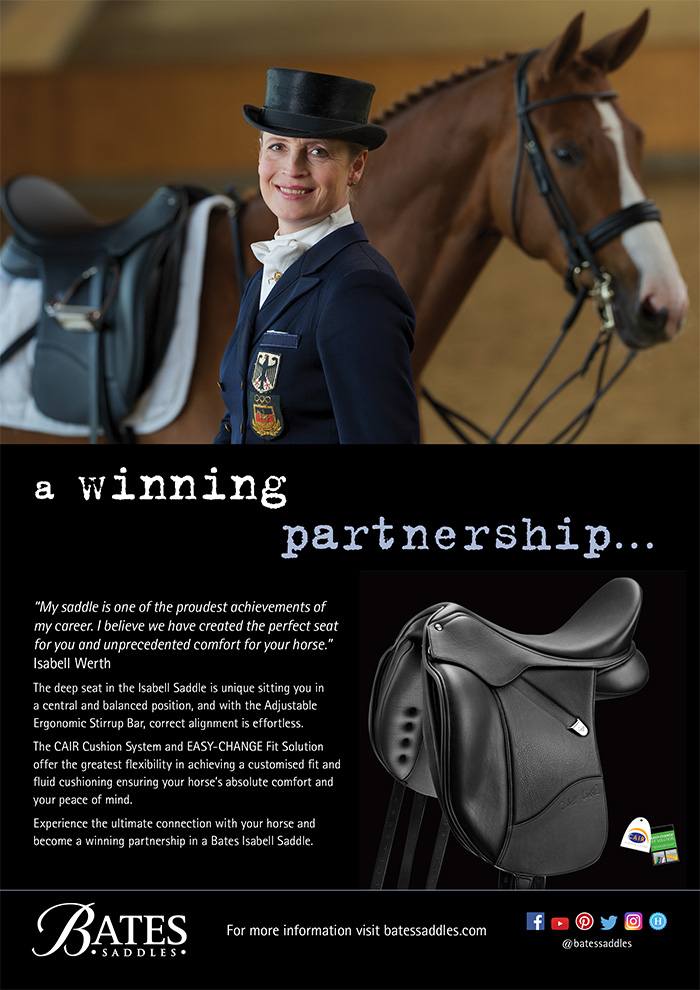
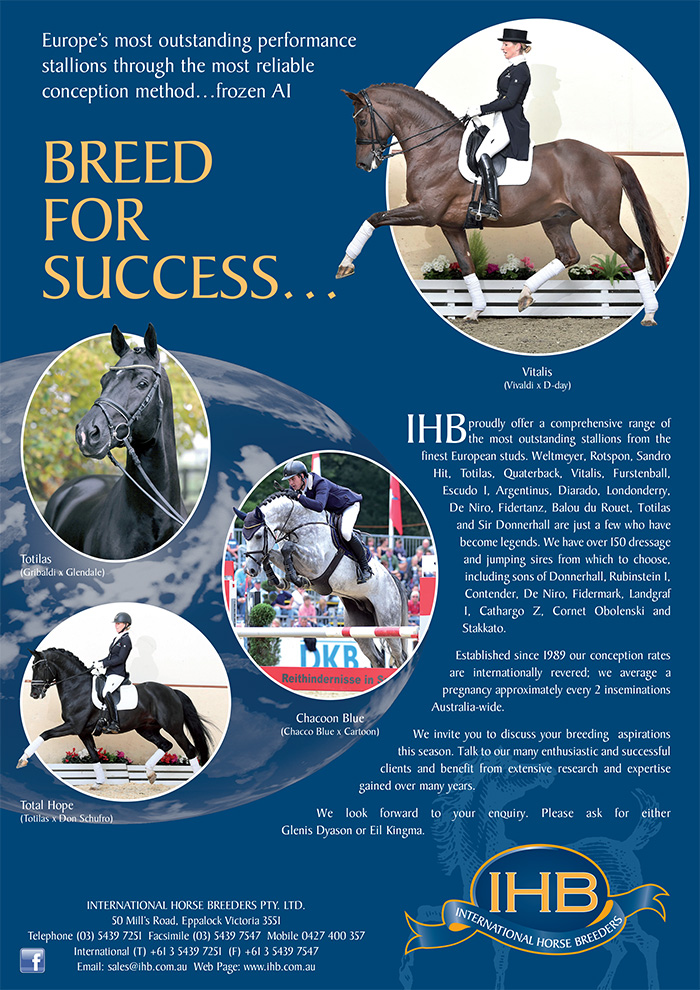
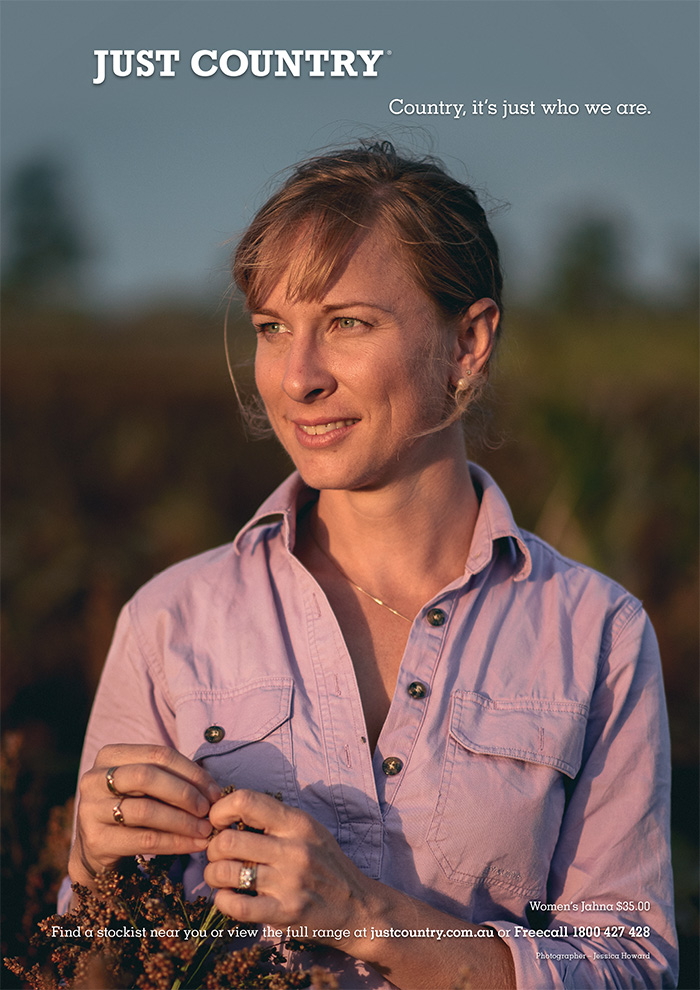
THE Master at work! I was so inspired by Nuno that I started an audio book company and produced Nuno’s book Reflections on Equestrian Art into an audio book. http://www.audiohorsebooks.com